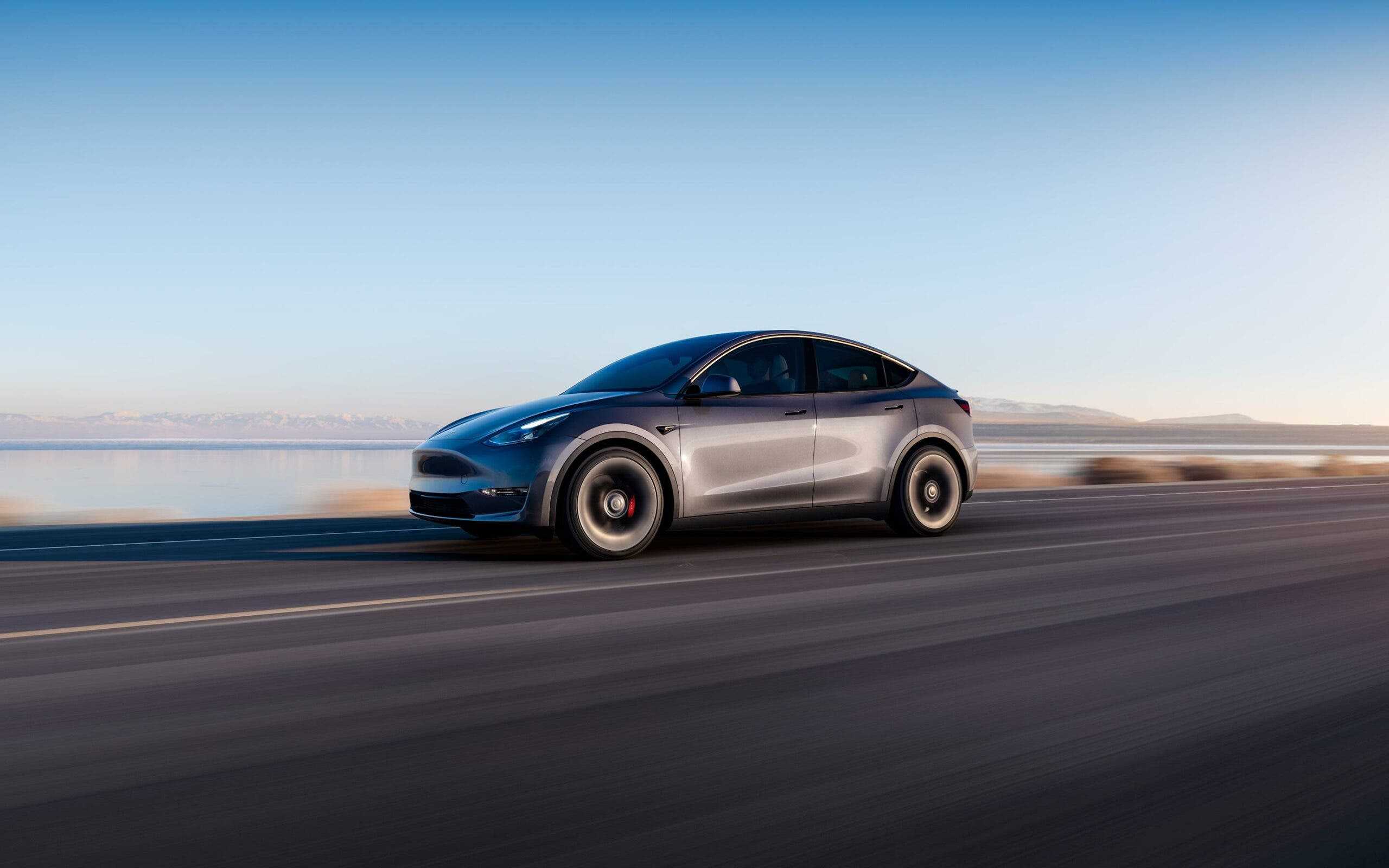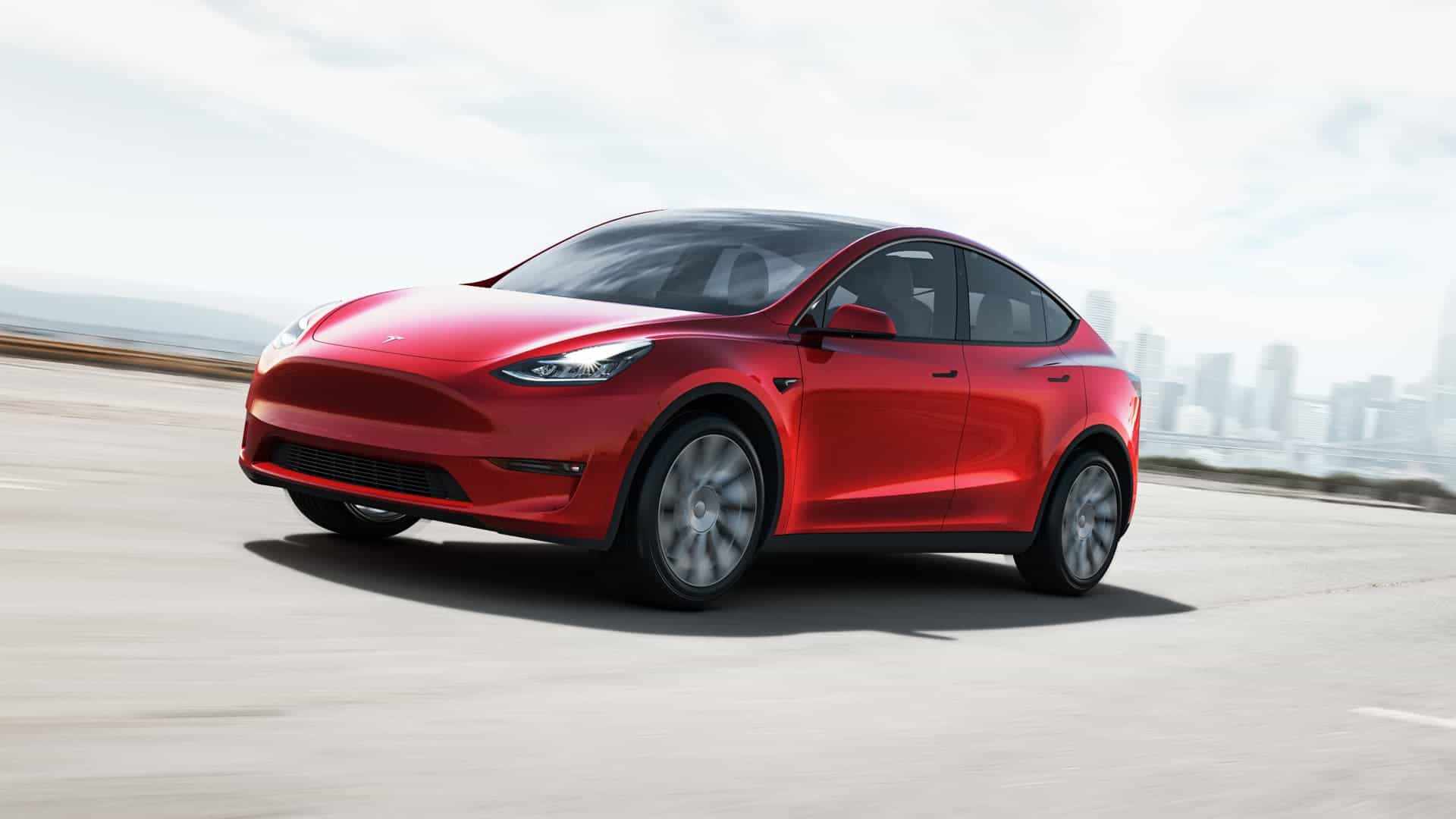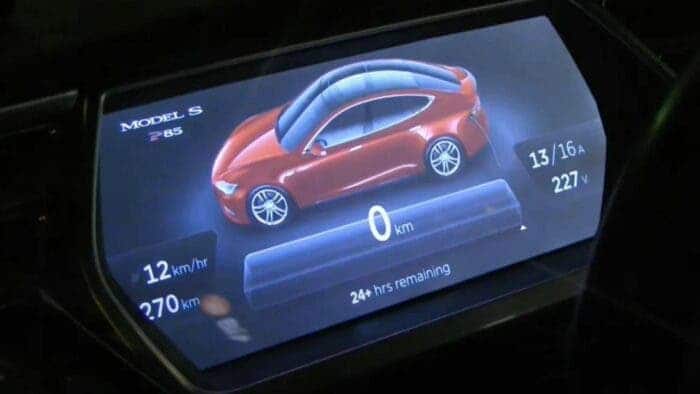Tesla has been at the forefront of electric vehicle technology. The company has made significant strides in perfecting its range of prediction tools. The accuracy of range calculations is crucial in curbing range anxiety and ensuring a seamless driving experience for Tesla owners. Over the years, Tesla has invested in refining its range calculation by incorporating various factors that affect the efficiency and energy consumption of its vehicles. Whether it is an electric or internal combustion engine power system, calculating the cruising range is a difficult task. Because there are so many factors that affect a vehicle’s driving efficiency, it’s difficult to determine how far it can travel with a full battery or full tank of fuel.
However, the calculation of cruising range is very important. Also, accurate cruising range prediction can alleviate cruising range anxiety to a certain extent. When a destination is entered into the navigation system, Tesla will show the driver the estimated remaining range when arriving at the destination. As long as the range prediction remains true, there will be no range anxiety.
Although Tesla has been a leader in electric cars, the company still falls short when it comes to calculating range. Tesla has put more effort into range calculations over the past few years, adding factors for “crosswinds, headwinds, humidity and ambient temperature” in a software update last year. A few months later, tire pressure was also added to the calculations.

In a new post on X, Tesla listed all the factors involved in accurately predicting the cruising range of a specific vehicle on a specific trip. Below is the list from Tesla
- Wind speed and direction
- Altitude/slope
- Traffic speed
- Average acceleration/deceleration
- ambient temperature
- Humidity and pressure
- Solar load and cloud cover
- Initial battery percentage
- Initial battery temperature
- Total vehicle weight
- rolling resistance
- aerodynamic drag coefficient
- HVAC consumption
- Vehicle-specific energy consumption (bike rack or similar)
- Battery warm-up
Description of each factor
1. Wind speed and direction
When calculating the range of a vehicle in the presence of wind, it is important to consider the impact of wind speed and direction. Wind can affect the energy consumption and efficiency of a vehicle, especially in the case of electric vehicles (EVs). The wind speed and direction can be calculated from on-board measurements using parameters such as desired track, current heading, ground speed, and true airspeed. Also, the effect of wind speed on a car can be understood by considering the work that the engine must exert to maintain speed. This is equal to the drag times the velocity.
2. Altitude/slope
The slope of a road affects the energy consumption and performance of a car. To calculate the maximum slope a car can climb, you can use the elevation grade formula. This expresses the slope as a percentage, decimal, rise over run, or an angle in degrees. Also, understanding the slope of a road helps in designing safer ascending and descending routes, and engineers can use cutting-and-filling procedures to decrease the slope in less steep terrain. Furthermore, measuring the slope of a road is essential for determining the energy required to climb it and for estimating the horizontal or vertical distance needed to support an incline to an elevation. Therefore, considering altitude and slope in car range calculation is essential for optimizing energy efficiency and estimating the car’s performance on different terrains.
3. Traffic speed
Traffic speed in car range calculation is crucial for various purposes, including determining liability in accidents and setting speed limits. Lawyers use charts to calculate speed per second in car accident cases. Traffic engineers use the 85th percentile speed to set safe speed limits and promote uniform traffic flow. The average speed of a vehicle can be calculated by dividing the total distance traveled by the total time spent traveling. This information is important for understanding how fast vehicles are traveling and for making decisions related to traffic speed.

4. Average acceleration/deceleration
The average acceleration/deceleration of a car affects its range by impacting its energy consumption. Rapid acceleration and deceleration can lead to higher energy consumption, reducing the car’s range. Conversely, smooth and gradual acceleration and deceleration can improve energy efficiency, thereby extending the car’s range.
5. Ambient temperature
Ambient temperature significantly influences an electric car’s range. Cold temperatures can reduce battery performance and increase energy consumption, leading to a decrease in range. Conversely, warm temperatures can improve battery performance and energy efficiency, potentially extending the car’s range.
6. Humidity and pressure
Humidity and pressure have a minimal direct impact on an electric car’s range. However, they can indirectly affect range by influencing aerodynamic drag, tire pressure, and overall vehicle efficiency. Higher humidity and pressure may slightly increase aerodynamic drag, potentially reducing the car’s range.
7. Solar load and cloud cover
Solar load and cloud cover can impact an electric car’s range. Especially in hot climates, it can increase the car’s energy consumption for cooling, potentially reducing the range. Cloud cover may reduce the impact of solar load, but it can also affect ambient temperature, which in turn influences the car’s range.
8. Initial battery percentage
The initial battery percentage, or state of charge, directly affects the available energy for driving. A higher initial battery percentage provides more energy for driving, potentially extending the car’s range. Conversely, a lower initial battery percentage reduces the available energy, leading to a shorter range.
9. Initial battery temperature
The initial battery temperature affects an electric car’s range. Low temperatures can reduce battery efficiency and increase internal resistance, leading to decreased range. Conversely, high temperatures can improve battery performance, potentially extending the car’s range.
10. Total vehicle weight
The total vehicle weight directly impacts an electric car’s range. Heavier vehicles require more energy to move, resulting in higher energy consumption and reduced range. Lighter vehicles are more energy-efficient, potentially extending the car’s range.

11. Rolling resistance
Rolling resistance, caused by the interaction between tires and the road, affects an electric car’s range. Higher rolling resistance requires more energy to propel the vehicle, leading to increased energy consumption and reduced range. Lower rolling resistance can improve energy efficiency, potentially extending the car’s range.
12. Aerodynamic drag coefficient
The aerodynamic drag coefficient significantly influences an electric car’s range. A higher drag coefficient increases air resistance, requiring more energy to maintain speed and reducing the car’s range. Lower drag coefficients improve energy efficiency, potentially extending the car’s range.
13. HVAC consumption
HVAC (Heating, Ventilation, and Air Conditioning) consumption impacts an electric car’s range. Operating HVAC systems, especially heating and cooling, increases energy consumption, reducing the car’s range. Minimizing HVAC usage can improve energy efficiency, potentially extending the car’s range.
14. Vehicle-specific energy consumption
Vehicle-specific energy consumption, measured in kWh per mile or kilometer, directly impacts an electric car’s range. Lower energy consumption results in a longer range, while higher consumption reduces the range. Understanding a car’s energy consumption allows for accurate range calculations, crucial for planning drives and optimizing efficiency.
15. Battery warm-up
Battery warm-up can affect an electric car’s range. Cold batteries have reduced efficiency and capacity, leading to decreased range. Preheating the battery can improve its performance, potentially extending the car’s range. Managing battery temperature is essential for maximizing an electric car’s range and overall efficiency[1][3].
Final Words
Tesla continues to refine its range calculation to address any inaccuracies and further enhance the driving experience for its customers. The company’s commitment to incorporating factors that affect range calculation demonstrates its dedication to providing accurate and reliable range predictions. Tesla’s range calculation is a comprehensive process that considers a multitude of factors, including environmental conditions and driving dynamics. By continuously refining its range prediction tools, Tesla aims to provide its customers with precise and reliable estimates, ultimately contributing to a more seamless and confident driving experience. Tesla’s approach to range calculation reflects its commitment to innovation and customer satisfaction, setting a high standard for the electric vehicle industry.





